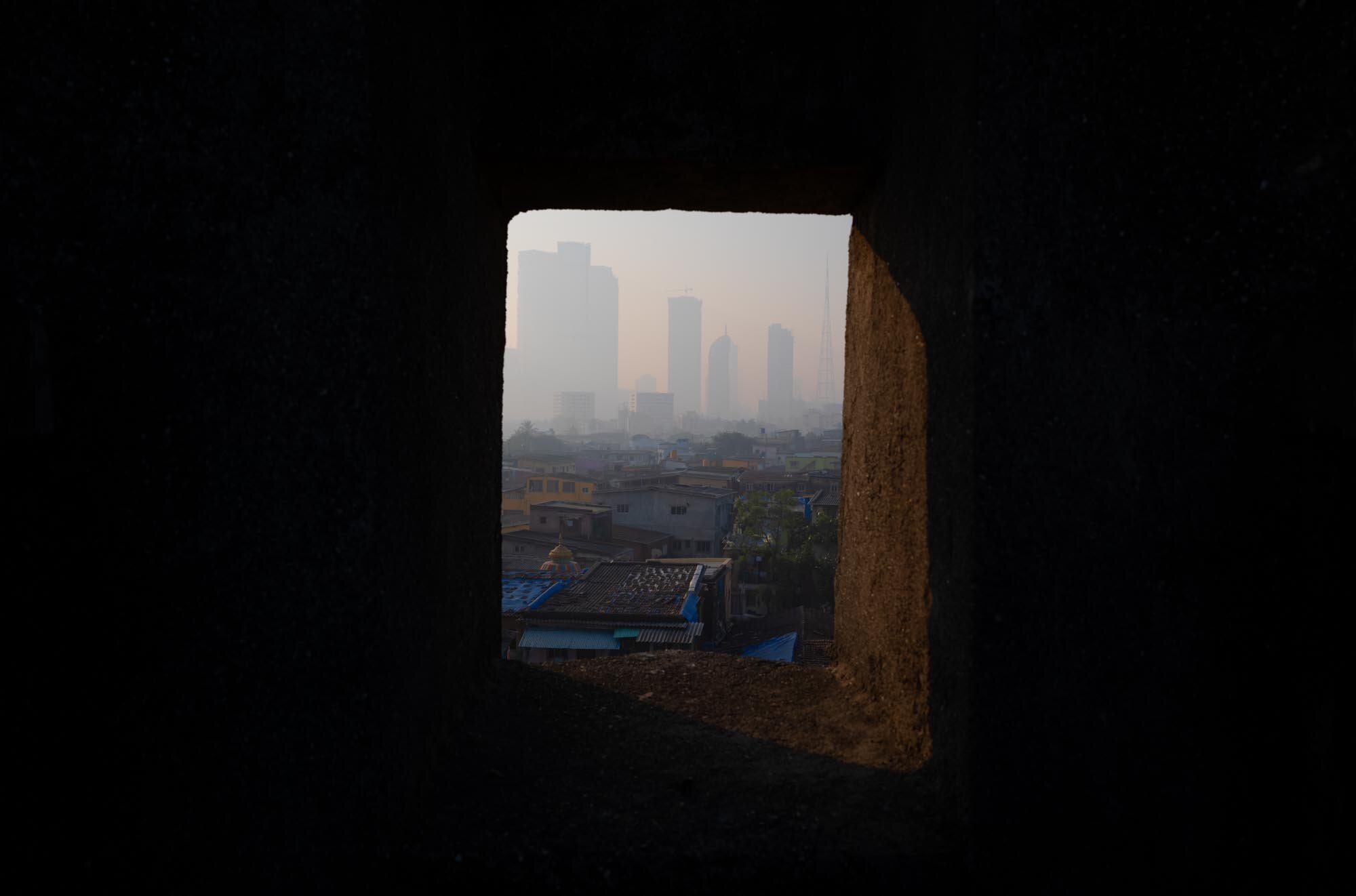TWO WORLDS
Launched 2021
A man waits at the platform late every evening for his train commute back home. While early each morning a woman waits at the pier for the fishing boats to bring in the daily catch. From foggy nights to misty mornings, lake fronts fringed with mountains to sea shores flanked with skyscrapers; Two Worlds is a photo exploration that simultaneously contrasts and connects.
Time and space are bystanders in these images as Ulka Chauhan moves between the linear and structured world of Switzerland, and the cyclical and chaotic world of India. Elements of tradition and modernity, faith and philosophy, intimacy and solitude, lives and livelihoods come together in this narrative of two visually different yet intrinsically similar worlds.
Hardbound with linen on spine and back cover, section sewn and matt finish paper.

